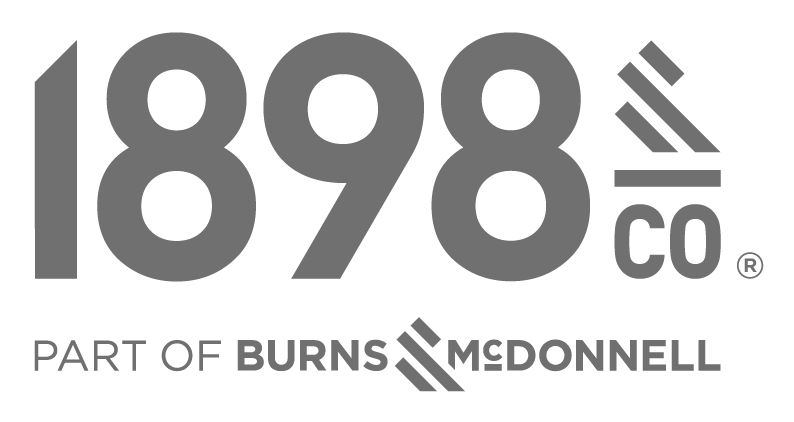Solution
The Port of Portland needed a technology road map to enable staff to automate essential data gathering. A business intelligence program transforms data into insights to support strategic and/or actionable decisions. This road map comprises the people, processes and technology — including an estimated budget — to provide the organization with the ability to consistently answer questions for decision-makers based on available data.
The Port of Portland engaged 1898 & Co., part of Burns & McDonnell, to formulate a three-year business intelligence road map that will enable greater ease of access and better use of data. The project aimed to harvest existing enterprise data and then use it over time to make intelligent business decisions much faster. The road map identifies the skills and qualifications of people needed, the processes to be defined and the architecture and configuration of technology tools that need to be deployed.
The project began in 2021 with extensive interview sessions with a number of key people throughout the organization. The goal was to understand existing organization capabilities, maturity, technology, organization demands and existing data sources, as well as what was needed to gain more efficient access and issues that posed obstacles to efficient processes. These sessions were essential to learning about desired outcomes as well as any biases that may be creating barriers. The input was distilled to gain a deeper understanding of the specific constraints inside the organization.
The project avoided a common fallacy of defaulting to a certain technology platform or system that could be purchased to solve data accessibility issues. These simplistic solutions rarely solve the issues that are at the heart of organizational data inefficiency. They tend to leave customers with underutilized software deployed without the knowledge and resources necessary to truly harness the capability of these solutions and drive real organizational value.
Instead, the project team focused on learning the characteristics and business dynamics of the port’s various operating entities. Once that insight was gained, the team proceeded to identify and recommend processes that could be executed in a time frame that was digestible for the organization.



